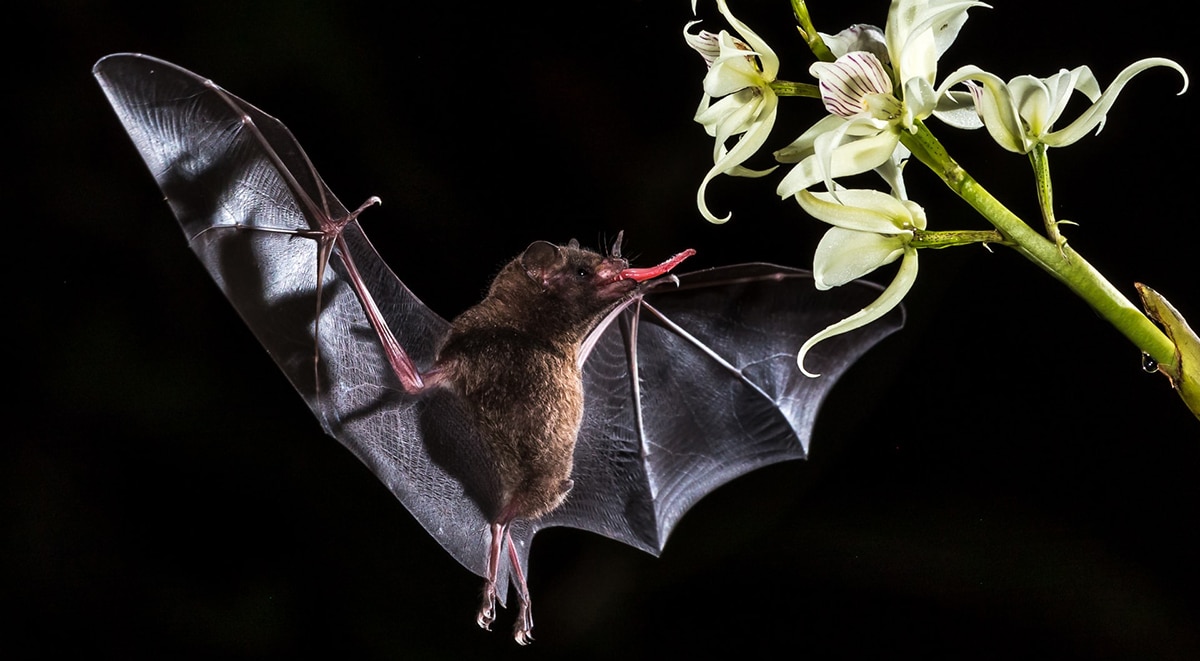Bats learned to glide before they learned to fly

University of Washington researchers find surprising new insights into bat evolution
In a new study published in the journal PeerJ Life & Environment, researchers from the University of Washington, the University of Texas at Austin, and the Oregon Institute of Technology, led by student Abby Burtner, have advanced our understanding of the evolutionary origins of bat flight. The study, titled “Gliding toward understanding the origins of bat flight,” uses comparative phylogenetic methods to examine the evolutionary transition from gliding to powered flight in these unique mammals.
Bats are the only mammals capable of powered flight, thanks to the highly specialized morphology of their limbs. However, the evolutionary pathway that led to this ability has remained elusive due to an incomplete fossil record. The study by Bertner et al. provides important data testing the hypothesis that bats evolved from gliding ancestors.
The research team analyzed a large dataset of limb bone measurements that included four extinct bats and 231 modern mammals with a variety of locomotor modes. Their results show that gliders have relatively elongated forelimbs and narrower hindlimbs, intermediate between those of bats and non-gliding arboreal mammals. Evolutionary modeling of these data supports the hypothesis that selection may be strong on certain forelimb traits, pushing them from the gliding adaptation zone to the flight adaptation zone of bats.
“We propose an adaptive picture of limb bone features depending on locomotor modes based on our modeling results,” said Dr. Santana. “Our results, combined with previous studies of bat wing development and aerodynamics, support a hypothetical evolutionary pathway in which gliding forelimb morphology preceded the evolution of specialized bat wings.”
This study not only supports the gliding-flight hypothesis, but also challenges the traditional view of the evolution of bat limbs and gliders. The researchers highlight the need for future studies to test the biomechanical implications of this bone morphology and to consider the complex genetic and environmental factors that influenced the evolution of powered flight in bats.
“Our results support the hypothesis that bats evolved from gliding ancestors and provide a morphological basis for our understanding of bat flight,” Dr Lowe added. “However, we stress that more fossils are needed to truly unravel the mysteries of this remarkable evolutionary transition.”
LINK